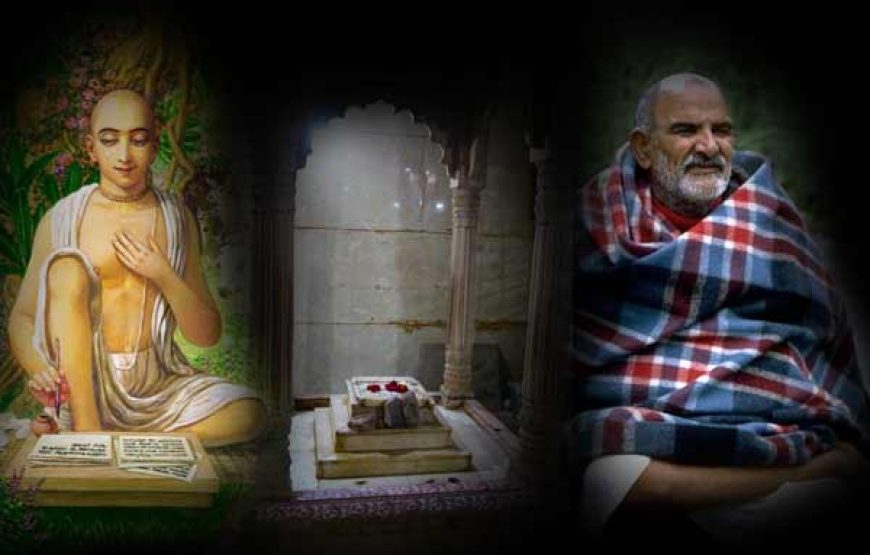from 0 review
Daily Tour
1 person
English, Hindi

Arrival in Delhi
Day 2: Delhi - Vrindavan
Vrindavan - Agra
Agra - Gwalior
Gwalior - Orchha
Orchha - Khajuraho
Khajuraho - Varanasi
Varanasi
Varanasi - Allahabad
Allahabad - Departure